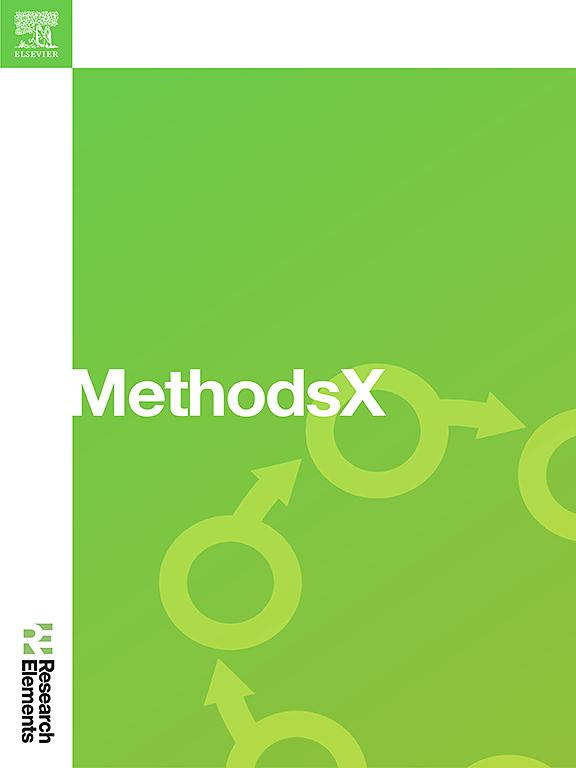利用时间特征和超参数调谐机器学习技术对EEG信号进行情绪识别的比较分析
IF 1.9
Q2 MULTIDISCIPLINARY SCIENCES
引用次数: 0
摘要
基于脑电图信号的情绪分类对于增强我们与计算机的互动、监测心理健康以及在情感计算领域创造应用具有重要意义。本研究通过将传统的机器学习分类器和增强技术应用于DEAP数据集的EEG数据,探索提高情绪识别性能的方法。为了对情绪状态进行分类,我们使用了四种分类器:k -近邻(KNN)、支持向量机(SVM)、XGBoost和梯度增强。差分熵和Higuchi分形维数是采用分割技术捕获脑电数据时间依赖性后提取的两个重要时域参数。选择这些特征是因为它们能够反映与情绪处理相关的复杂神经动力学。采用五重交叉验证程序来估计模型的性能,并进行超参数调整以优化分类器效率。XGBoost在效价和唤醒方面的准确率分别达到了89%和88%,显示了其优越的性能。此外,对SEED数据集的跨学科评估增强了该方法的鲁棒性,其中XGBoost使用HFD实现了86%的准确率,使用DE实现了84%的准确率。这些结果强调了将先进的特征提取方法与基于脑电图的情感识别增强算法相结合的有效性,为现实世界情感感知系统的发展提供了有希望的方向。本研究的主要发现如下:•差分熵和Higuchi的分形维数在捕捉情绪大脑动态方面被证明是有效的•XGBoost在DEAP和SEED数据集上都优于其他分类器•所提出的方法在主题变化和数据集上表现出鲁棒性本文章由计算机程序翻译,如有差异,请以英文原文为准。

A comparative analysis of emotion recognition from EEG signals using temporal features and hyperparameter-tuned machine learning techniques
Classifying emotions based on EEG signals is really important for enhancing our interactions with computers, monitoring mental health and creating applications in affective computing field. This study explores improving emotion recognition performance by applying traditional machine learning classifiers and boosting techniques to EEG data from the DEAP dataset. To categorize emotional states, we used four classifiers: K-Nearest Neighbors (KNN), Support Vector Machine (SVM), XGBoost and Gradient Boosting. Differential entropy and Higuchi's fractal dimension are two important time-domain parameters that we extracted after applying a segmentation technique to capture the temporal interdependence of EEG data. These features were selected for their ability to reflect intricate neural dynamics associated with emotional processing. A five-fold cross-validation procedure was applied to estimate the model's performance and hyperparameter tuning was conducted to optimize classifier efficiency. XGBoost achieved the highest accuracy 89 % for valence and 88 % for arousal demonstrating its superior performance. Furthermore, cross-subject evaluation on the SEED dataset reinforced the approach’s robustness, where XGBoost achieved 86 % accuracy using HFD and 84 % using DE. These results emphasize the effectiveness of combining advanced feature extraction methods with boosting algorithms for EEG-based emotion recognition, offering promising directions for the development of real-world emotion-aware systems. The key findings of this research are as follows:
- •Differential Entropy and Higuchi’s Fractal Dimension proved effective in capturing emotional brain dynamics
- •XGBoost outperformed other classifiers in both DEAP and SEED datasets
- •The proposed method demonstrates robustness across subject variations and datasets
求助全文
通过发布文献求助,成功后即可免费获取论文全文。
去求助
来源期刊

MethodsX
Health Professions-Medical Laboratory Technology
CiteScore
3.60
自引率
5.30%
发文量
314
审稿时长
7 weeks
期刊介绍:
 求助内容:
求助内容: 应助结果提醒方式:
应助结果提醒方式:


